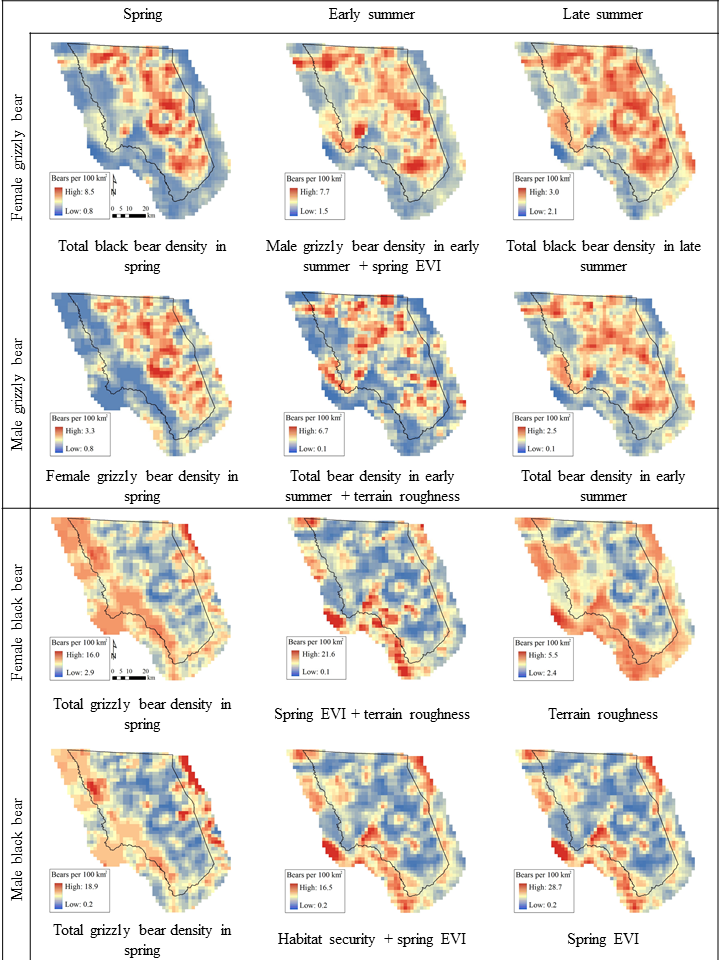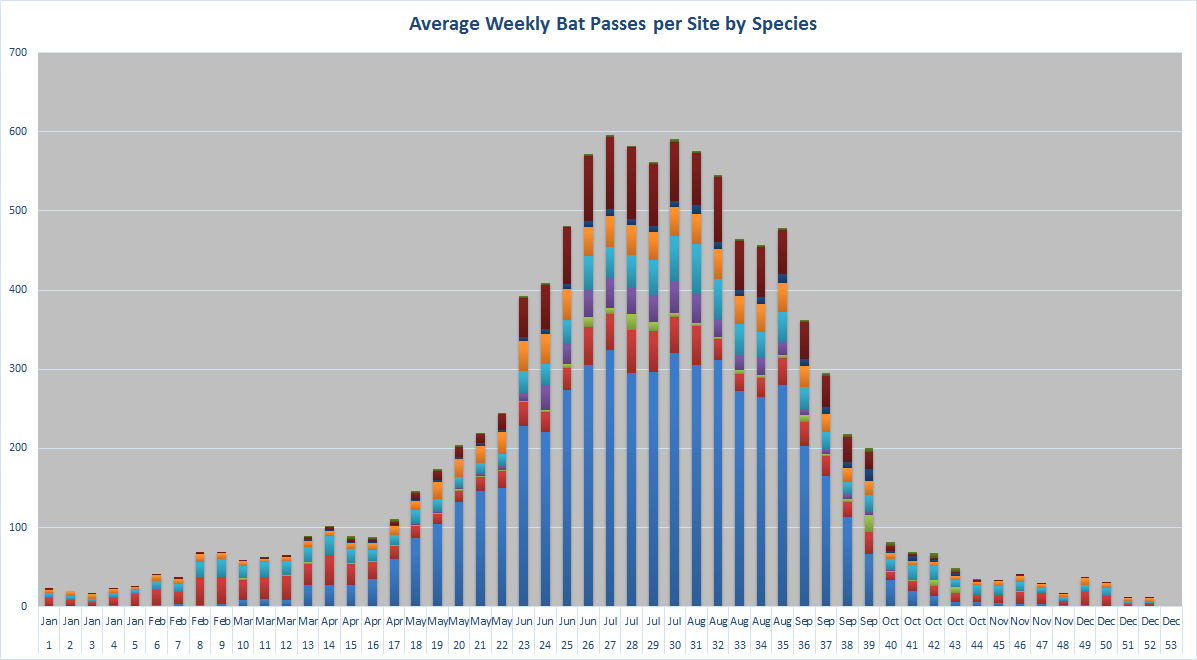Difference between revisions of "Featured research"
From Montana Tech High Performance Computing
| Line 1: | Line 1: | ||
| + | Below are some research projects that has utilized our HPC. [[Contacts|Contact]] us if you want your projects list here. | ||
| + | ---- | ||
| + | |||
<div class="row"> | <div class="row"> | ||
| − | <div class="small-1 columns">[[File:Jstetz_fig2.png | + | <div class="small-1 columns">[[File:Jstetz_fig2.png|link=Grizzly_Bear_Population_Modeling]]</div> |
| − | </div> | ||
<div class="small-9 columns"> | <div class="small-9 columns"> | ||
| − | + | ''' [[Grizzly Bear Population Modeling]] ''' | |
<p align="justify"> | <p align="justify"> | ||
| − | + | Dr. Jeff Stetz is a research ecologist who specializes in the development and application of advanced population monitoring tools to both answer general ecological questions and to inform conservation and management of large mammals. His recent work uses detection data of grizzly and American black bears in the Glacier National Park region in conjunction with spatially-explicit capture-recapture (SECR) statistical methods to help explain the variation in seasonal density patterns of these sympatric (overlapping in space) species. Beyond the traditional factors considered to explain animal density, such as land cover and elevation, Dr. Stetz explicitly modeled the effects of the fine-scale density patterns of each species on the other...</p> | |
| − | </div | + | </div> |
| − | + | <div class="small-2 columns"></div> | |
| − | <div class="small-2 columns"> | ||
| − | </div> | ||
</div> | </div> | ||
<div class="row"> | <div class="row"> | ||
| − | + | <div class="small-1 columns">[[File:Bburkholder_CallAnalysis_bySpp.png|link=Grizzly_Bear_Population_Modeling]]</div> | |
| − | <div class=" | + | <div class="small-9 columns"> |
| − | [[File: | + | ''' [[Montana Bat and White‐Nose Syndrome]] ''' |
| − | + | <p align="justify"> | |
| − | + | Associated with the HPC are two 3D data visualization systems with a variety of visualization software packages. Both 3D visualization systems are equipped with either 108" stereo projection wall or 70" 3D TV, shutter glasses, and a tracking system to enable researcher to directly interact with the 3D imagery.</p> | |
| − | <div class=" | + | </div> |
| − | + | <div class="small-1 columns"></div> | |
| − | <p align="justify">Associated with the HPC are two 3D data visualization systems with a variety of visualization software packages. Both 3D visualization systems are equipped with either 108" stereo projection wall or 70" 3D TV, shutter glasses, and a tracking system to enable researcher to directly interact with the 3D imagery.</p> | ||
| − | </div> | ||
</div> | </div> | ||
| − | |||
| − | |||
| − | |||
| − | |||
| − | |||
| − | |||
| − | |||
| − | |||
| − | |||
| − | |||
| − | |||
| − | |||
| − | |||
| − | |||
| − | |||
Revision as of 14:31, 20 September 2017
Below are some research projects that has utilized our HPC. Contact us if you want your projects list here.
Grizzly Bear Population Modeling
Dr. Jeff Stetz is a research ecologist who specializes in the development and application of advanced population monitoring tools to both answer general ecological questions and to inform conservation and management of large mammals. His recent work uses detection data of grizzly and American black bears in the Glacier National Park region in conjunction with spatially-explicit capture-recapture (SECR) statistical methods to help explain the variation in seasonal density patterns of these sympatric (overlapping in space) species. Beyond the traditional factors considered to explain animal density, such as land cover and elevation, Dr. Stetz explicitly modeled the effects of the fine-scale density patterns of each species on the other...
Montana Bat and White‐Nose Syndrome
Associated with the HPC are two 3D data visualization systems with a variety of visualization software packages. Both 3D visualization systems are equipped with either 108" stereo projection wall or 70" 3D TV, shutter glasses, and a tracking system to enable researcher to directly interact with the 3D imagery.


